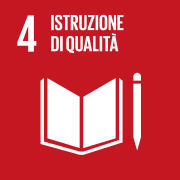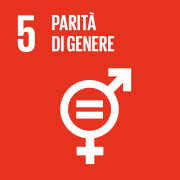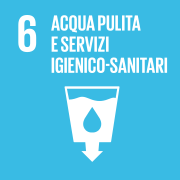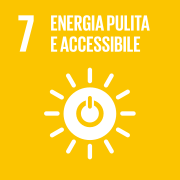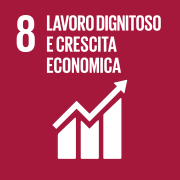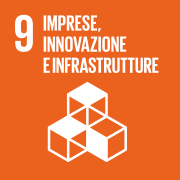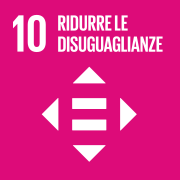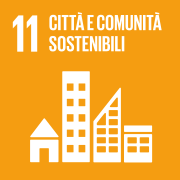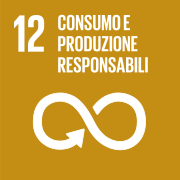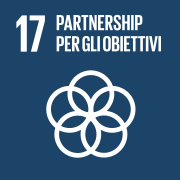
As photographed by recent ISPRA data, the emission categories of the energy sector contribute more than 80% of total greenhouse gas emissions in our country: about one fifth of national emissions, in detail, come from energy production. And while in 2024 the global demand for energy increased at a higher rate than the average of the last decade (+ 2.2%), one reality seems clear: the challenge of global decarbonisation passes, inevitably, through a more efficient management of energy.
And it is in this context that digital technologies – from IoT to advanced energy management systems, via Artificial Intelligence – can be fundamental enablers, to optimise the use of energy resources, ensure greater efficiency and foster the integration of renewable sources, which are often intermittent and difficult to manage. In other words, these tools are profoundly transforming the way energy is generated, distributed and consumed. All in a digital sustainability perspective, where the goal is not only to reduce waste, but to create a new, smarter, more interconnected and sustainable energy governance.
The role of technologies for sustainable energy governance
In this field, digital technologies are inserted, as strategic levers, into all stages of the energy chain, offering innovative solutions that allow energy flows to be monitored, analysed and optimised in real time.
IoT, intelligent monitoring and control
First of all, through IoT sensors installed in production and distribution networks, it is possible to collect detailed data on how much and how energy is consumed, as well as on the operating conditions of plants. This provides a clear and immediate view of the situation in real time, which is crucial for anticipating inefficiencies and anomalies. Supervision and control systems integrated with digital platforms also enable automatic and timely interventions, such as balancing demand or modulating production from renewable sources that – like sun or wind – are intermittent by their nature.
AI, optimisation and predictive algorithms
Artificial intelligence can process huge volumes of data, applying predictive models to predict energy demand or plant performance. For example, the use of machine learning algorithms can help anticipate consumption peaks or identify energy-saving opportunities, suggesting dynamic management strategies: in industrial contexts, this means being able to plan production cycles more efficiently, reducing waste and optimising the use of machines.
Smart Grid, the intelligent transformation of networks
Traditional energy grids are becoming ‘smart’, digital infrastructures capable of managing the flow of energy in a bidirectional manner. So-called smart grids integrate advanced communication and control systems that enable – and facilitate – the integration of distributed renewables, self-consumption and energy storage. This smart grid management makes it possible to improve the overall quality of service, reduce losses and support the stability of the electricity grid, a key element as wind and photovoltaics become more widespread.
Consumer empowerment: from smart home to energy communities
Not only companies, but also consumers can become an active part of the system thanks to new technologies. For example, smart meters and dedicated apps allow users to monitor their energy consumption in real time, receive personalised advice and optimise the use of household appliances. But that’s not all: thanks to the aggregation of small consumers and producers, energy communities, in which energy is produced, consumed and exchanged in a local and sustainable way, are increasingly emerging.
Blockchain, a tool for transparency
It is also important to mention the role that can be played by blockchain technologies, which are emerging as tools to ensure transparency and traceability in energy transactions, facilitating the authentication of renewable energy sources and stimulating the market for green certificates. All of this contributes to a more reliable and integrated energy system, fostering sustainable investments in the sector.
A systemic approach is needed
In short, digital transformation is an indispensable tool for the transition to an efficient, decarbonised and sustainable energy system. New technologies, if properly addressed and integrated, offer an otherwise unattainable ability to monitor, analyse and optimise energy flows, enabling new management models not only for companies, but also for consumers.
However, in order for this enormous potential to translate into concrete results, a systemic approach is needed that includes targeted investments, regulations that foster innovation, and a culture of digital sustainability spread at all levels. This is the way forward for smarter, more sustainable energy management that can accompany, and accelerate, the global decarbonisation challenge.



